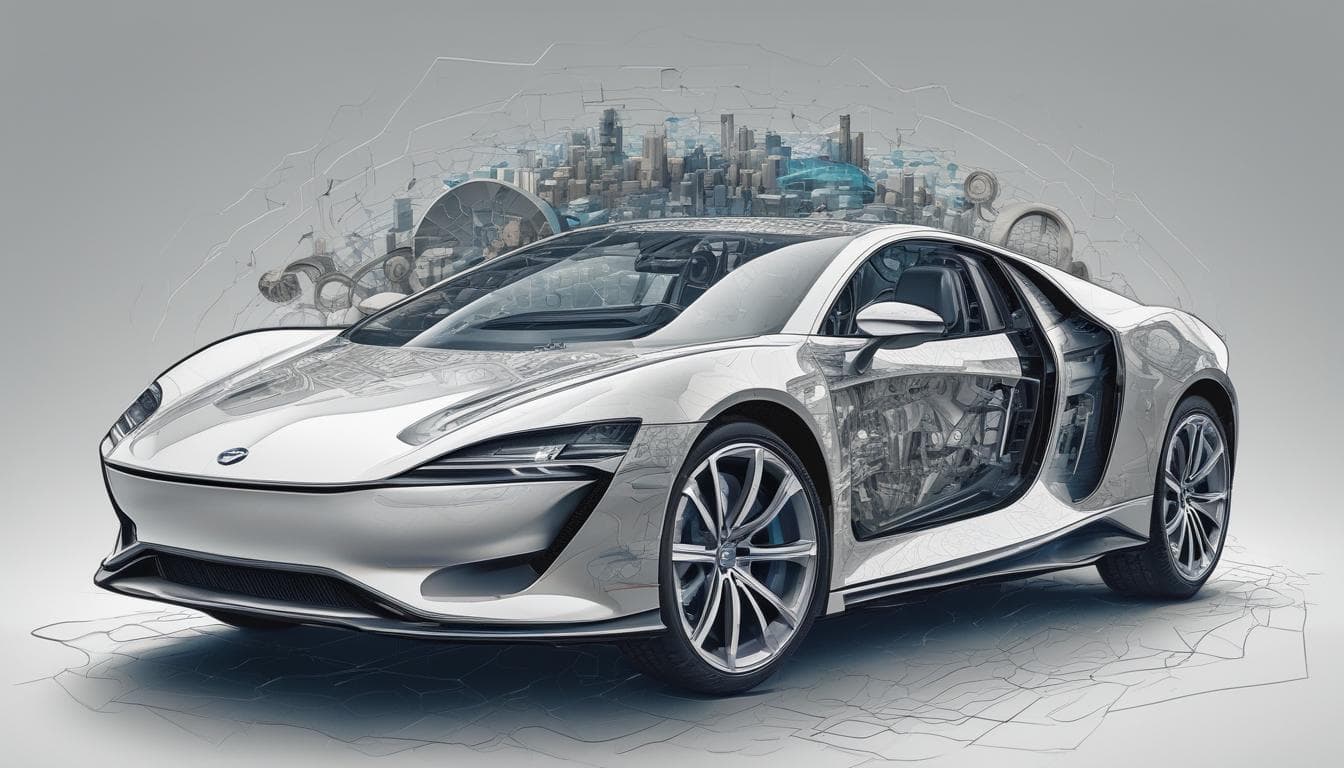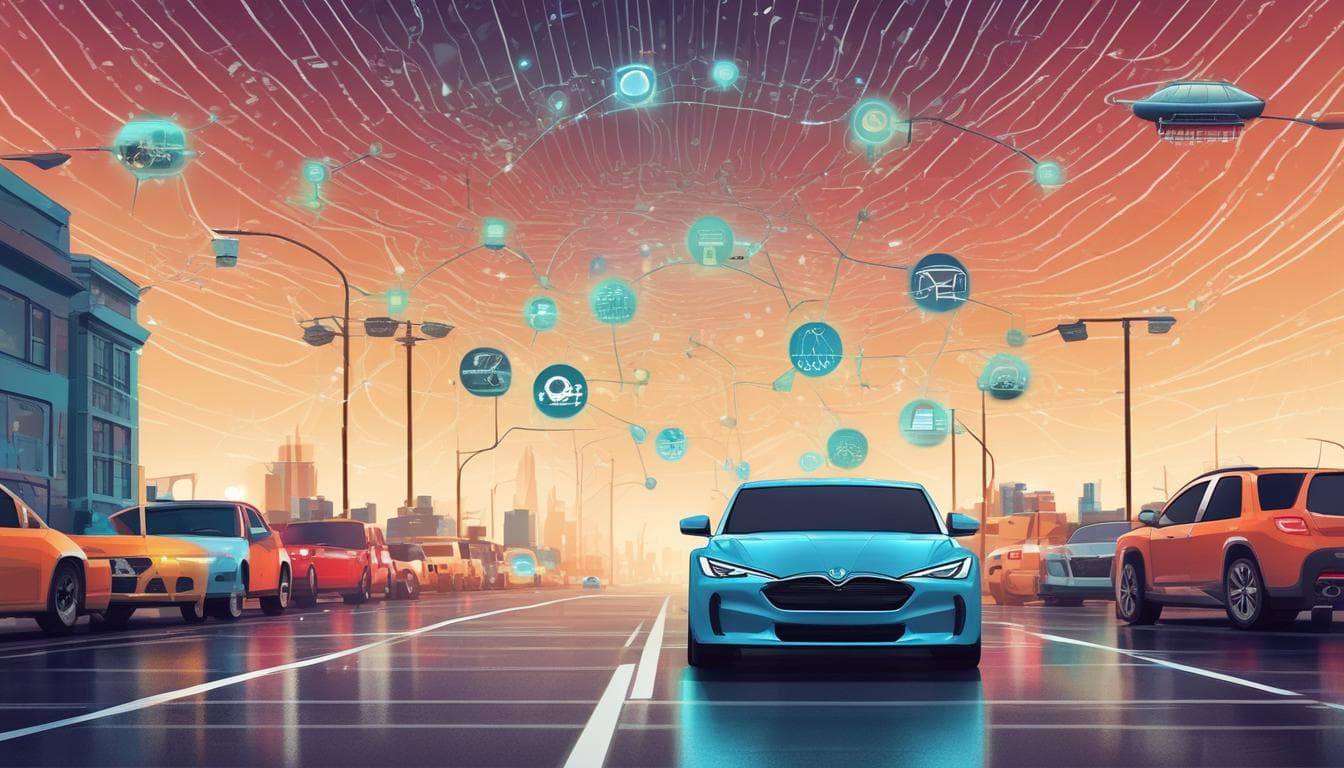The automotive industry is rapidly evolving, with automation becoming increasingly prevalent in various aspects of vehicle manufacturing, maintenance, and operation. One area witnessing significant advancements is vehicle inspection. Traditionally a manual and time-consuming process, vehicle inspection is being revolutionized by automation, promising improved efficiency, accuracy, and safety.
Automating the Inspection Process
Technologies Powering Automated Inspections
Automated vehicle inspections leverage a combination of cutting-edge technologies to analyze various vehicle components and systems. Computer vision plays a crucial role, enabling machines to "see" and interpret visual data, such as images and videos of vehicle parts. This involves employing sophisticated algorithms to identify defects, measure wear and tear, and assess overall condition. Machine learning algorithms are used to train these systems on vast datasets of vehicle data, enabling them to recognize patterns and anomalies that might indicate potential problems. Additionally, Internet of Things (IoT) sensors are integrated into vehicles and inspection equipment, collecting real-time data on various parameters, such as tire pressure, brake performance, and engine health. This data is then fed into the automated inspection system, providing a comprehensive overview of the vehicle's status.
Inspection Procedures and Methodologies
Automated vehicle inspection systems follow standardized procedures to ensure thoroughness and consistency. The process typically begins with a visual inspection of the vehicle's exterior and undercarriage using high-resolution cameras and sensors. The system then analyzes the images and data to detect any signs of damage, corrosion, or misalignment. Next, the system assesses critical components like brakes, tires, steering, and suspension using specialized equipment and sensors. These tests are conducted automatically, eliminating human error and ensuring accurate measurements. Finally, the system generates a detailed report outlining any identified issues, along with recommendations for repairs or maintenance.

Benefits and Challenges of Automation
Enhanced Efficiency and Accuracy
Automated vehicle inspections significantly reduce the time and effort required compared to manual inspections. The automated systems can process vast amounts of data and perform multiple checks simultaneously, speeding up the entire process. This increased efficiency translates to lower costs for inspection providers and faster turnaround times for vehicle owners. Moreover, automation eliminates human error and subjectivity, leading to more accurate and consistent inspection results. This ensures that potential safety issues are identified and addressed promptly, minimizing the risk of accidents.
Addressing the Skills Gap and Labor Shortages
The automotive industry faces a growing skills gap and labor shortages, particularly in the area of vehicle maintenance and repair. Automated vehicle inspection systems can help alleviate this problem by reducing the need for highly skilled technicians to perform routine inspections. This frees up skilled workers to focus on more complex repairs and diagnostics, improving overall productivity and efficiency within the automotive workforce.
Overcoming Implementation and Adoption Barriers
Despite the numerous benefits, the widespread adoption of automated vehicle inspections faces several challenges. The initial investment in the technology and equipment can be substantial, posing a barrier for smaller businesses. Furthermore, integrating automated systems into existing inspection facilities and workflows requires careful planning and execution. Training personnel to operate and maintain the new equipment is essential to ensure smooth operation and maximize the return on investment. Additionally, concerns about data security and privacy need to be addressed to build trust and ensure the responsible use of collected vehicle data.

The Future of Vehicle Inspections
Predictive Maintenance and Proactive Safety
Automated vehicle inspections pave the way for predictive maintenance, where potential problems are identified and addressed before they lead to breakdowns or accidents. By analyzing real-time data and historical trends, the systems can predict when components are likely to fail and recommend preventative maintenance actions. This proactive approach minimizes downtime, extends vehicle lifespan, and enhances overall safety. Moreover, automated inspections enable the development of advanced safety systems that can detect and respond to hazardous situations in real-time, further reducing the risk of accidents.
Transforming the Automotive Ecosystem
The widespread adoption of automated vehicle inspections has the potential to transform the automotive ecosystem. From repair shops and dealerships to insurance companies and regulatory bodies, various stakeholders can benefit from the increased efficiency, accuracy, and safety provided by automation. This can lead to new business models, innovative service offerings, and improved regulatory oversight, ultimately shaping the future of vehicle maintenance and ownership.
In conclusion, automated vehicle inspections represent a significant advancement in the automotive industry. By leveraging cutting-edge technologies and innovative methodologies, these systems enhance efficiency, accuracy, and safety while addressing critical workforce challenges. While overcoming implementation barriers requires concerted efforts from various stakeholders, the potential benefits of automated vehicle inspections are undeniable. As the technology continues to evolve and mature, automated inspections are poised to play a central role in shaping the future of vehicle maintenance, safety, and the automotive ecosystem as a whole. The transition to automated vehicle inspections presents opportunities for businesses to optimize operations, enhance customer experiences, and contribute to a safer and more sustainable transportation future. Embracing this transformative technology is crucial for staying competitive in the rapidly evolving automotive landscape.

 The AI Revolution in Automotive: Reshaping Design, Manufacturing, and the Driving Experience
The AI Revolution in Automotive: Reshaping Design, Manufacturing, and the Driving Experience Generative AI: Revolutionizing the Automotive Industry
Generative AI: Revolutionizing the Automotive Industry The Convergence of EVs and IoT: Transforming the Automotive Landscape
The Convergence of EVs and IoT: Transforming the Automotive Landscape The Digital Twin Revolution: Transforming the Automotive Landscape
The Digital Twin Revolution: Transforming the Automotive Landscape The Robotics Revolution: Transforming the Automotive Landscape
The Robotics Revolution: Transforming the Automotive Landscape